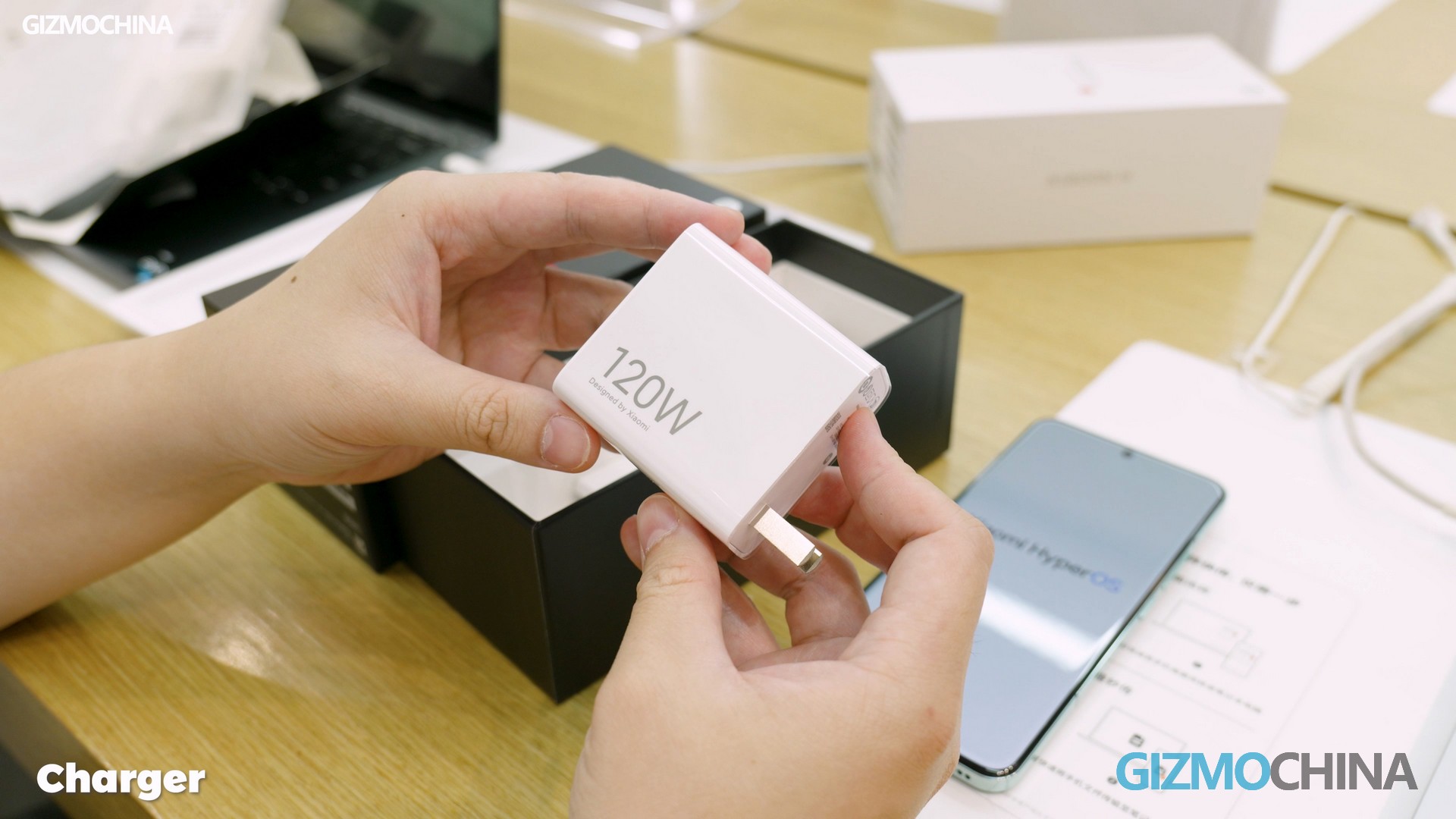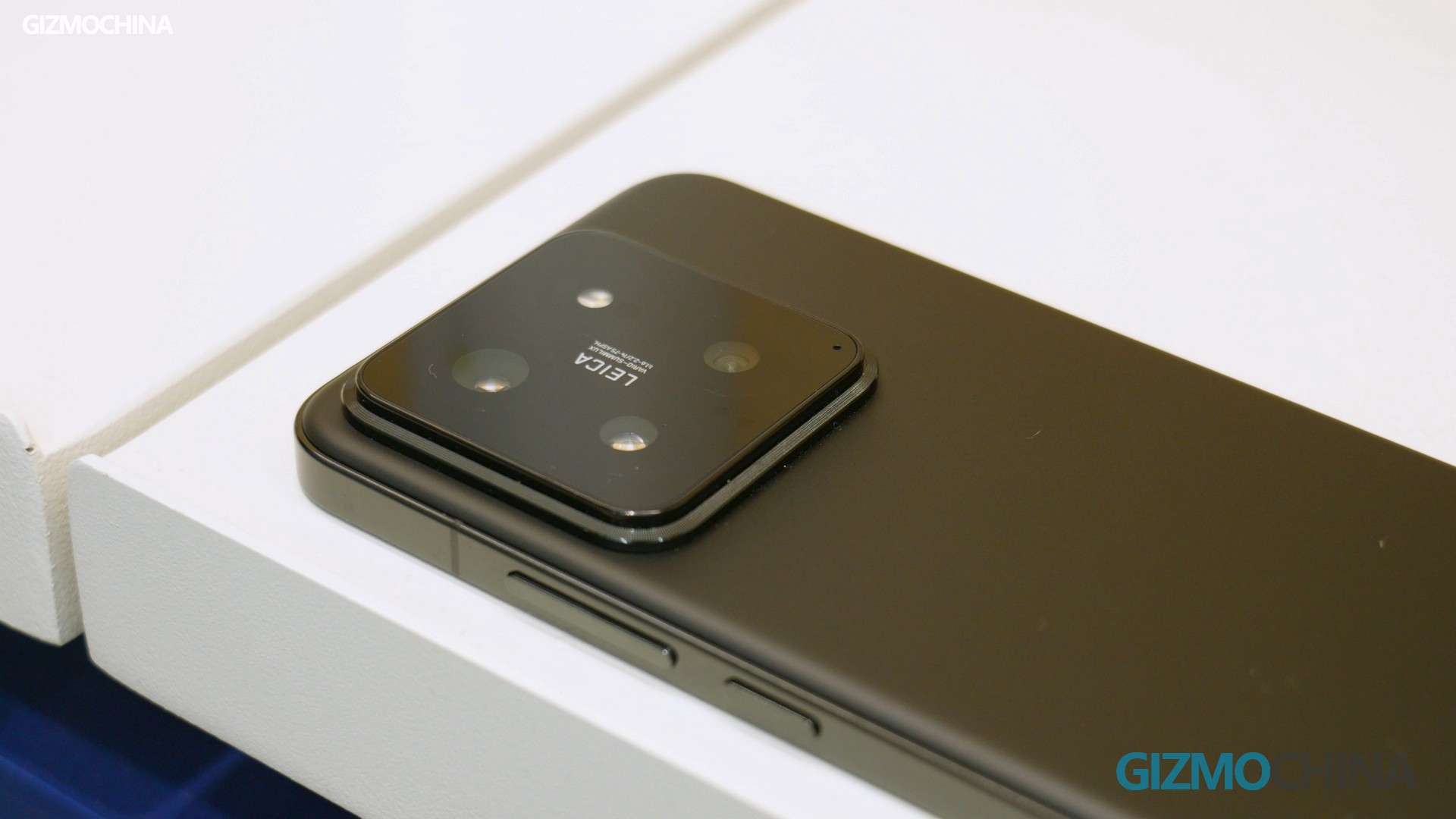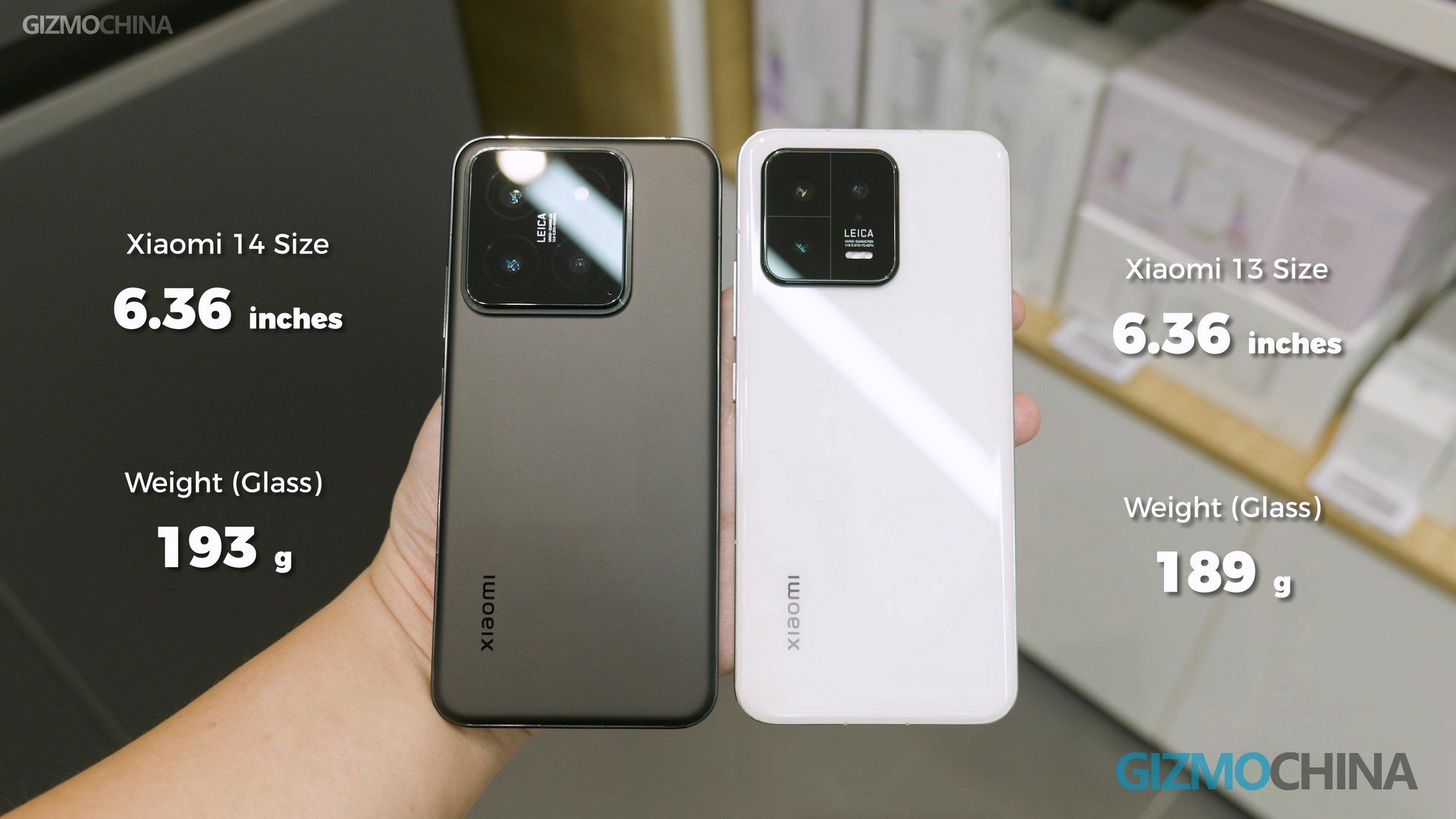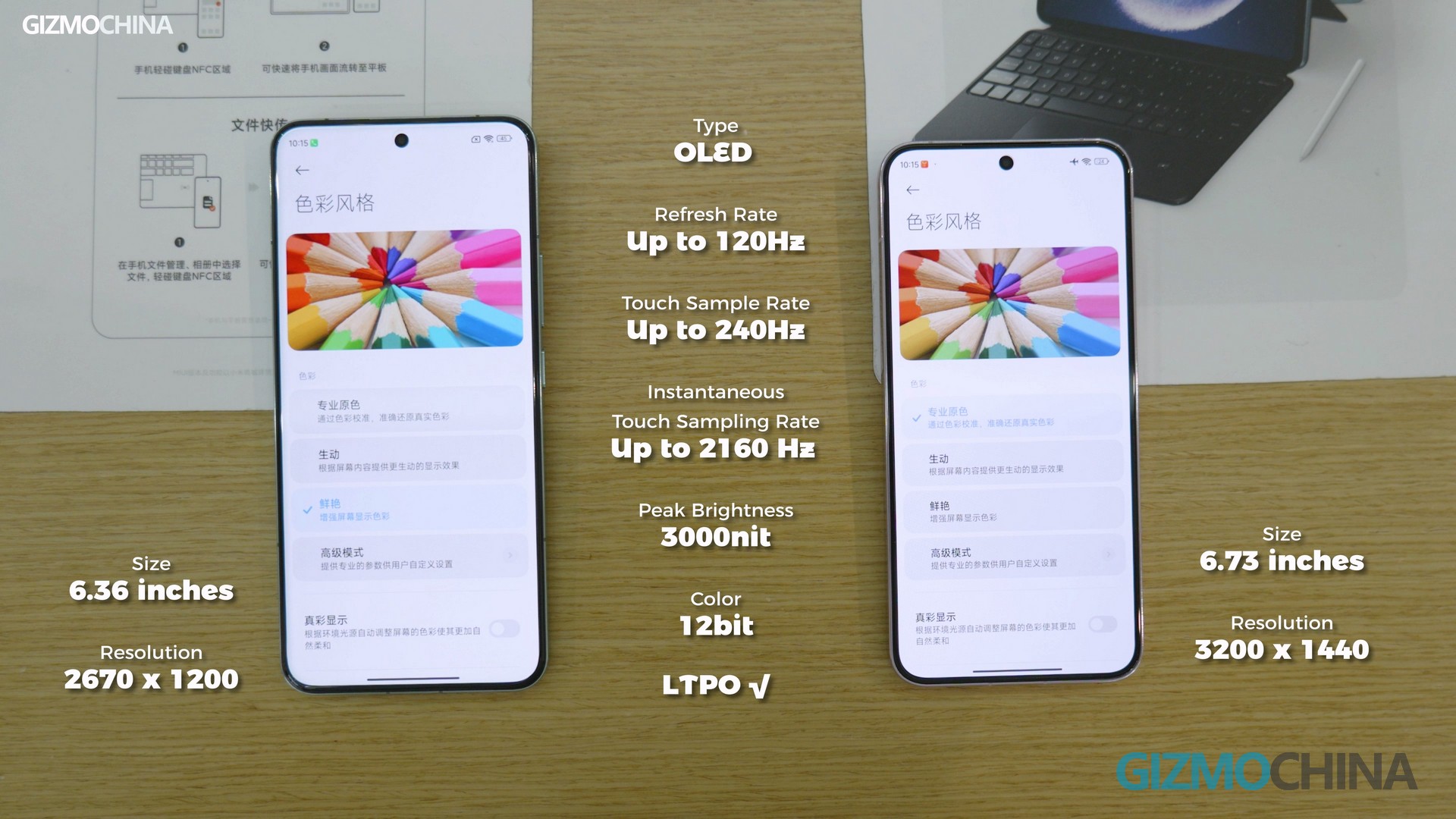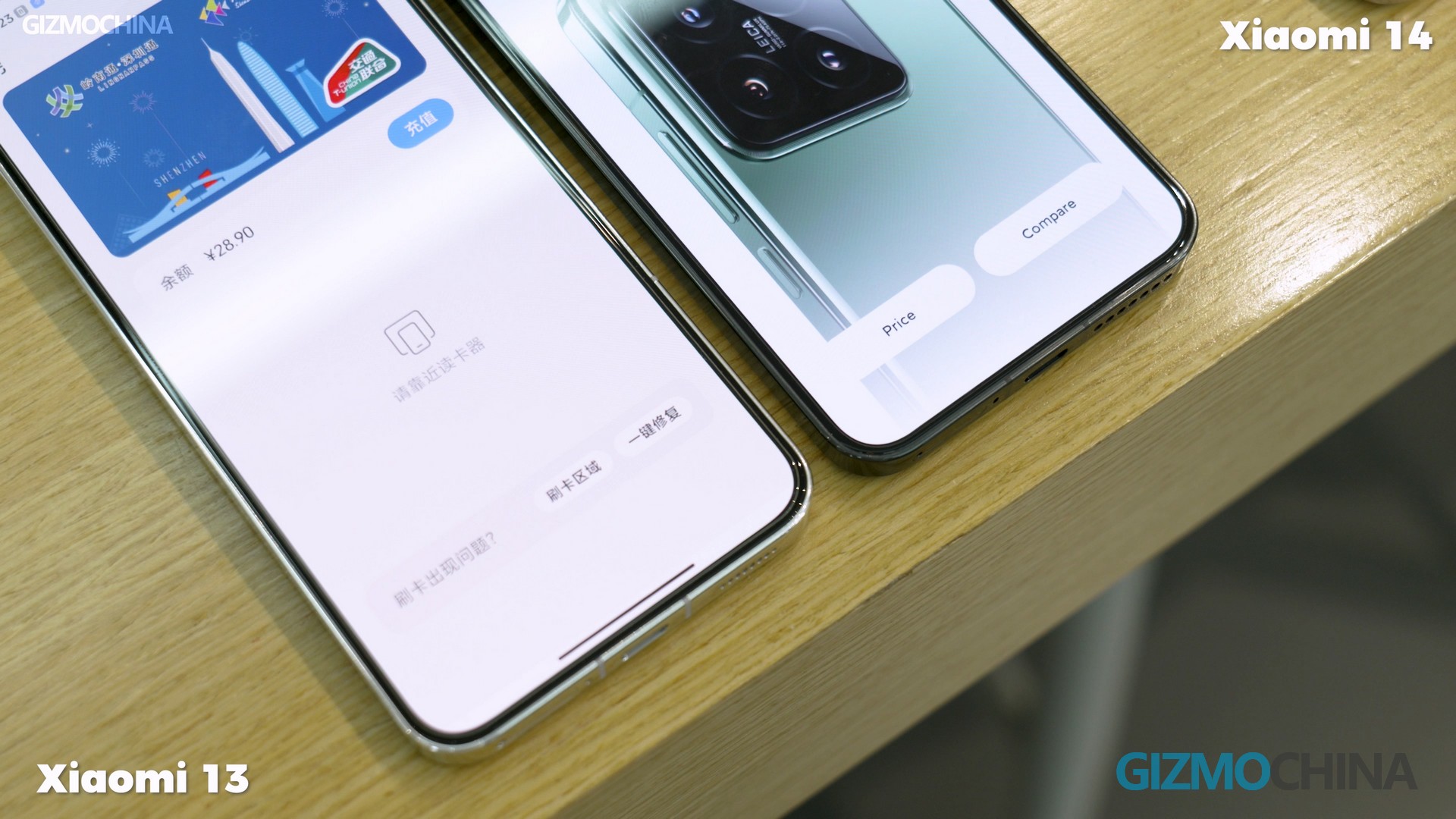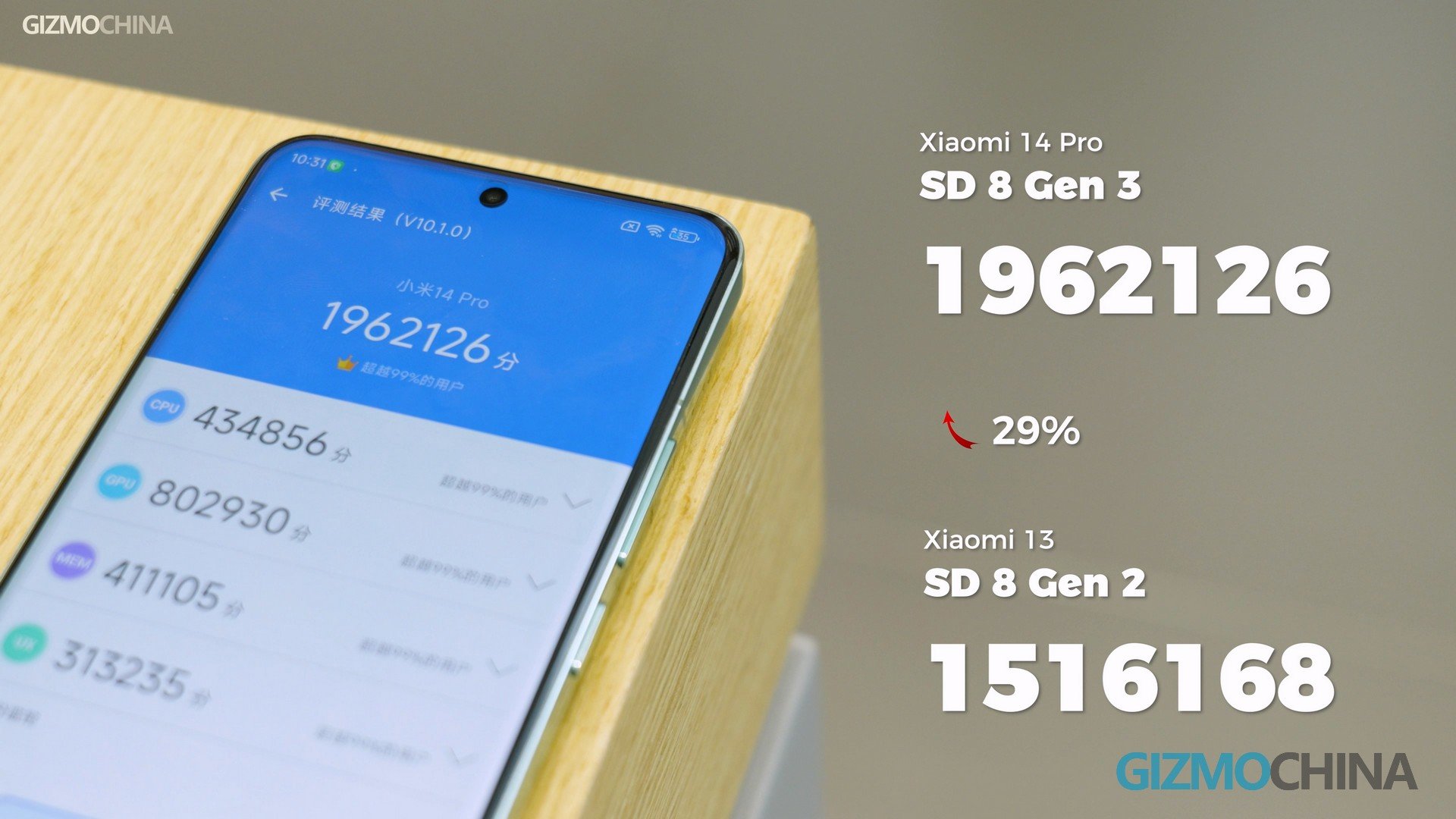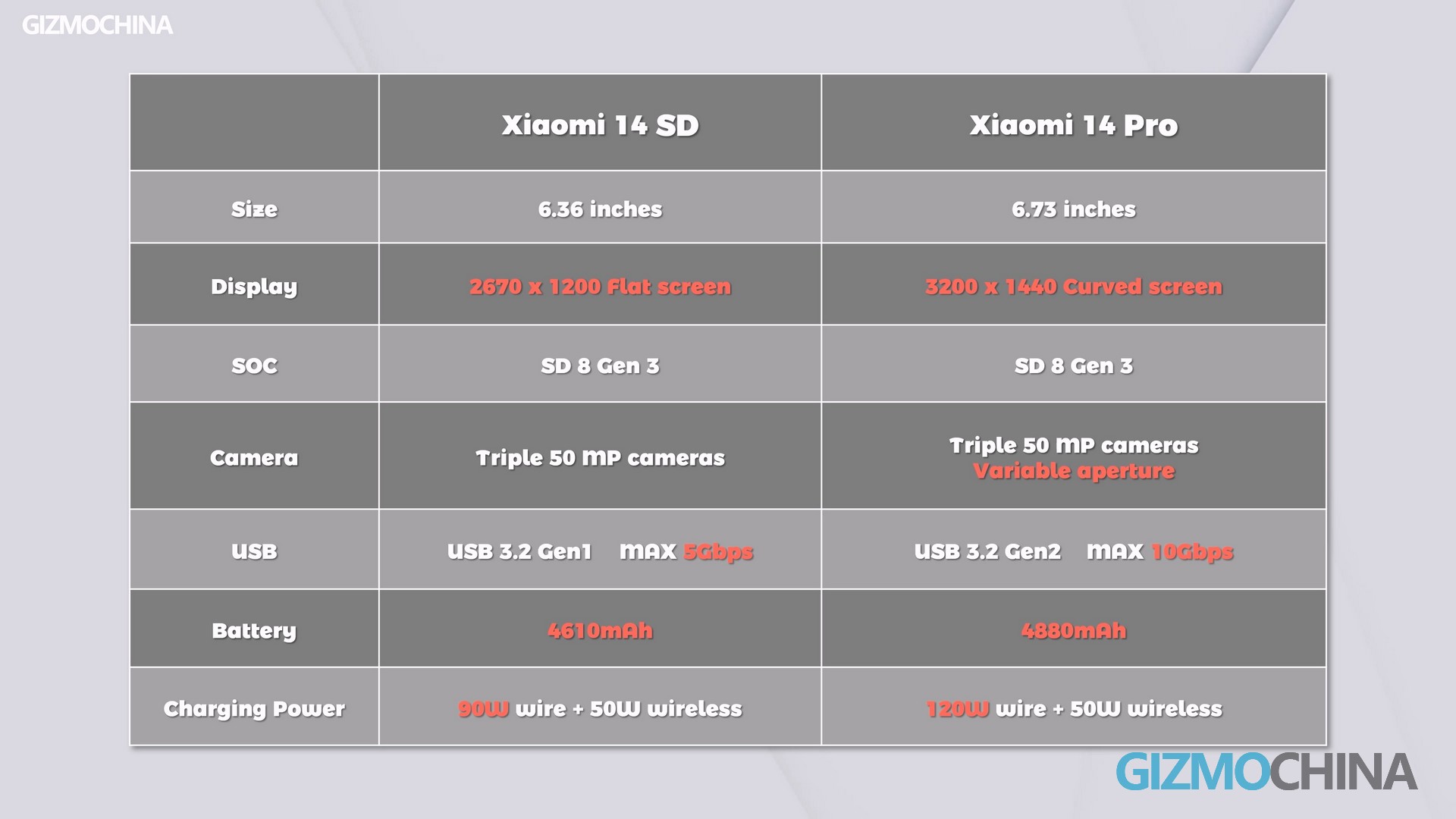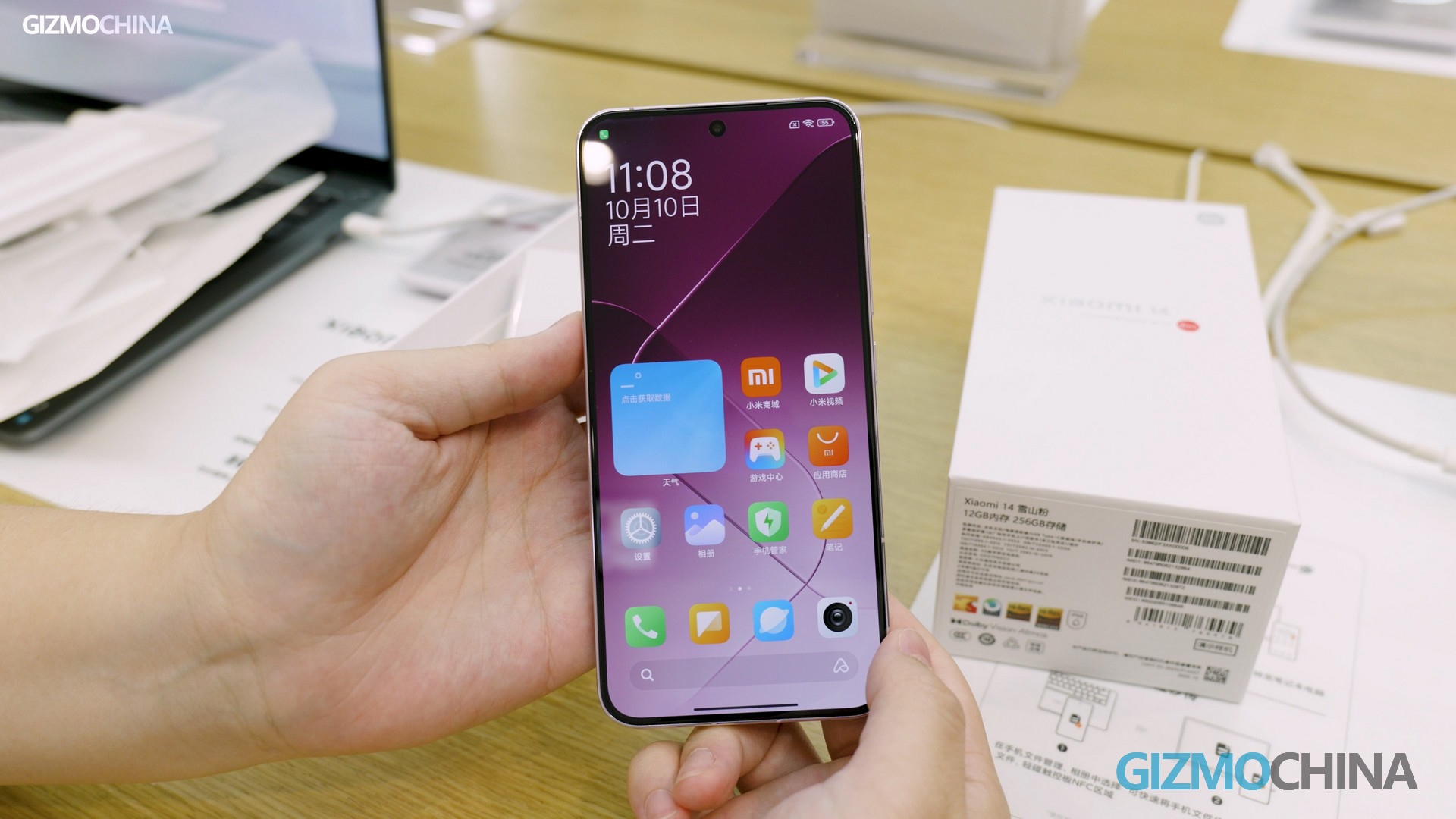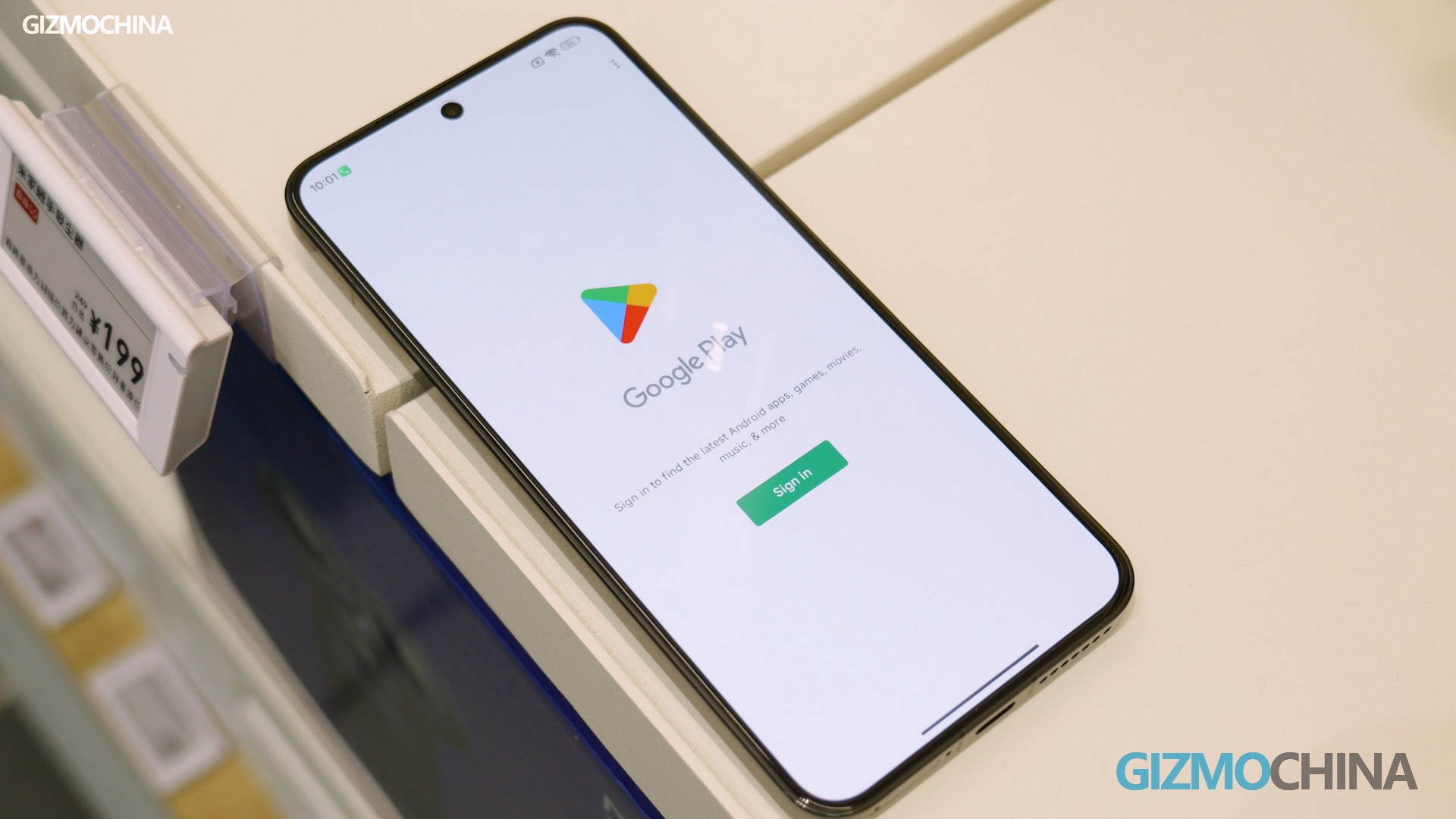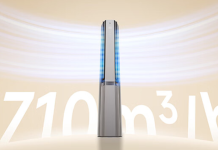Thanks to the hot sales of the Xiaomi 13 in China, the Xiaomi Store was again very busy on the day of the Xiaomi 14’s launch. People couldn’t wait to see what the successor to the Xiaomi 13, the Xiaomi 14, actually looked like. It also shows that Xiaomi has made a lot of progress on its flagship phone.
Unboxing
As usual, Xiaomi has differentiated the Standard and Pro versions in black and white. I chose to unbox the standard version first because I was more interested in it. There is a small box with a card pin. Instructions and a warranty card. There is also a phone case. The case is the same as the Redmi Note 13 Pro this time, a black silicone case. On the bottom, there is a 90W charger, still with a USB-A port. The charging cable is also USB A to C, nothing special.
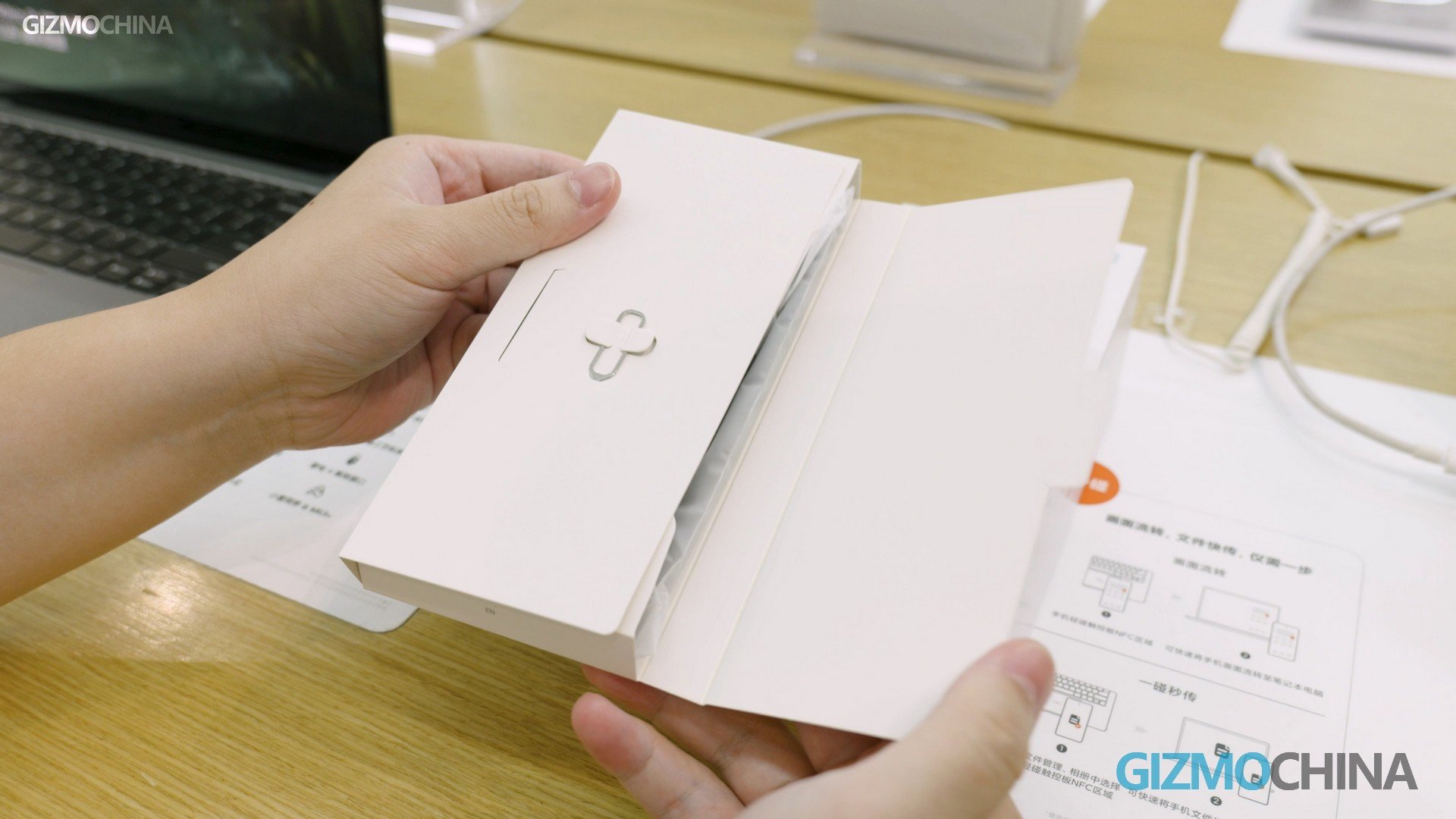
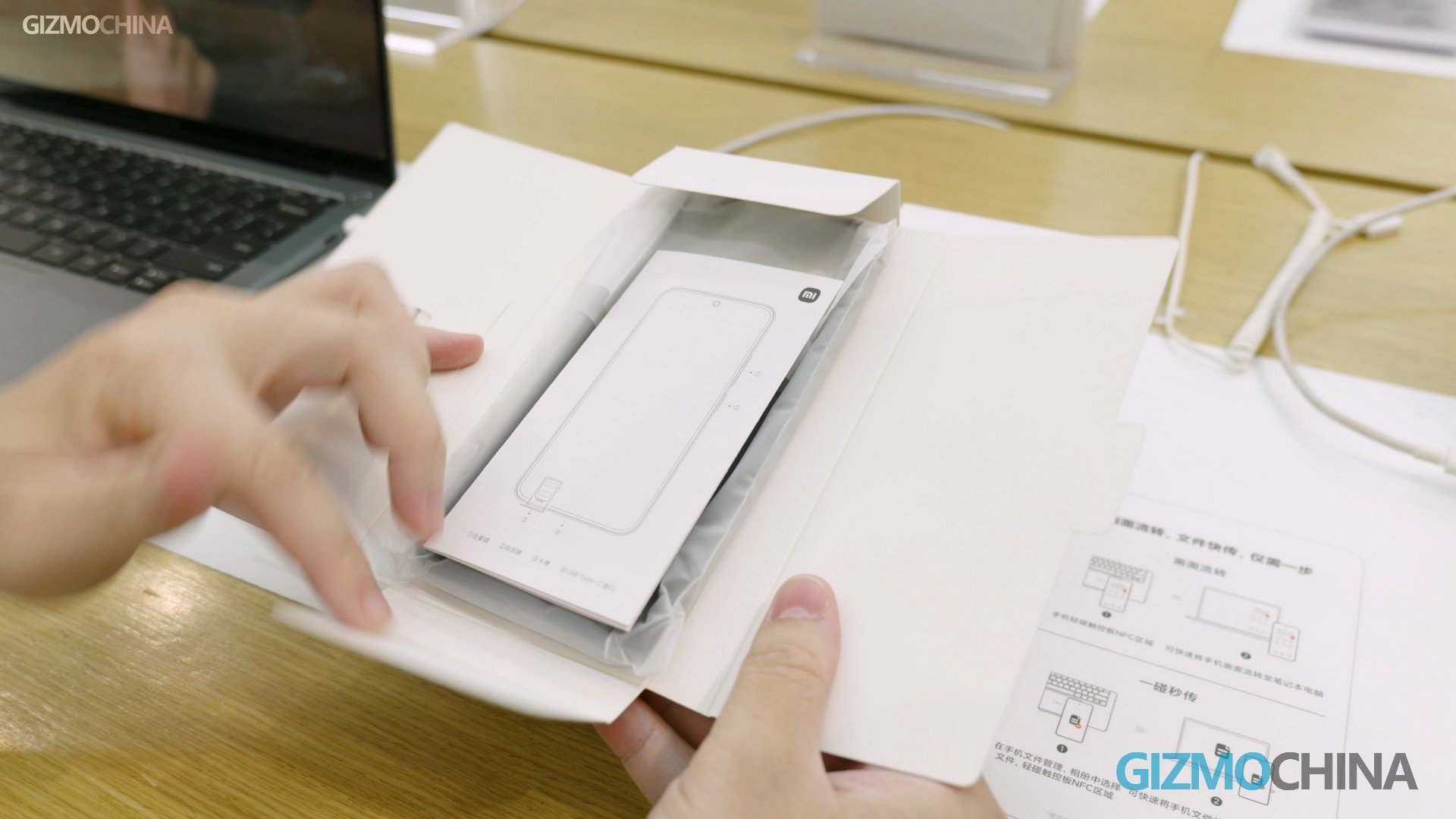
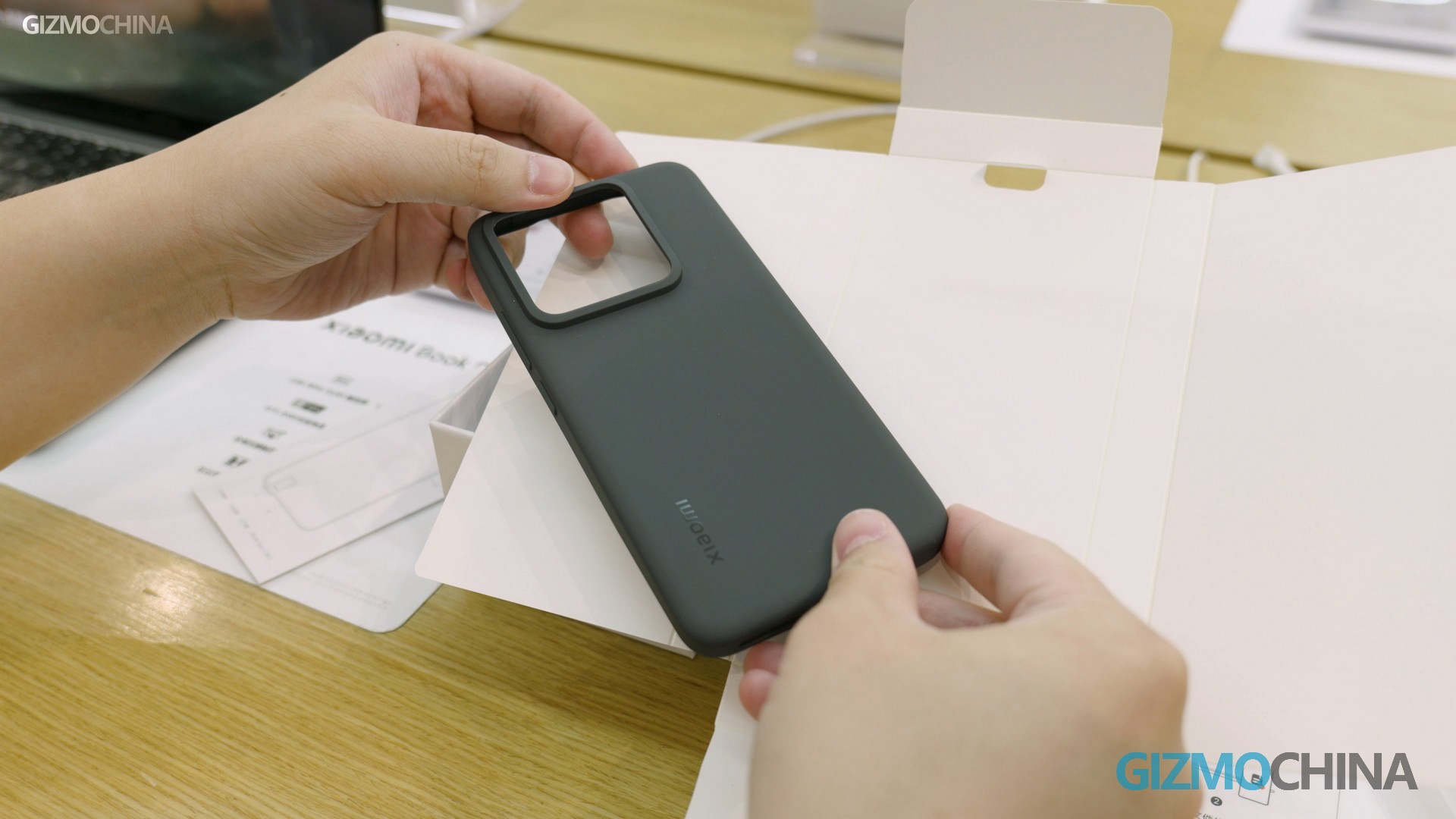
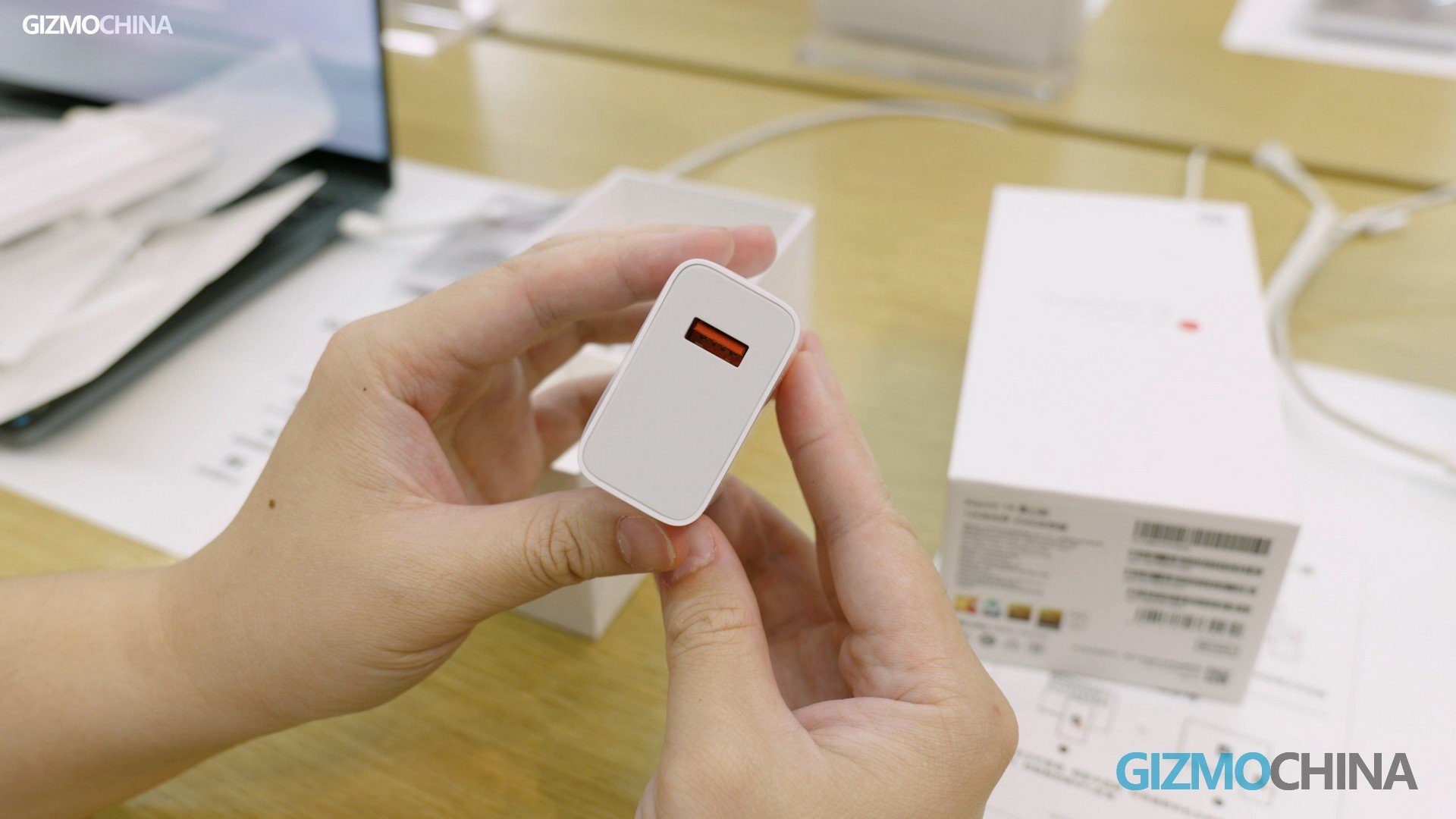
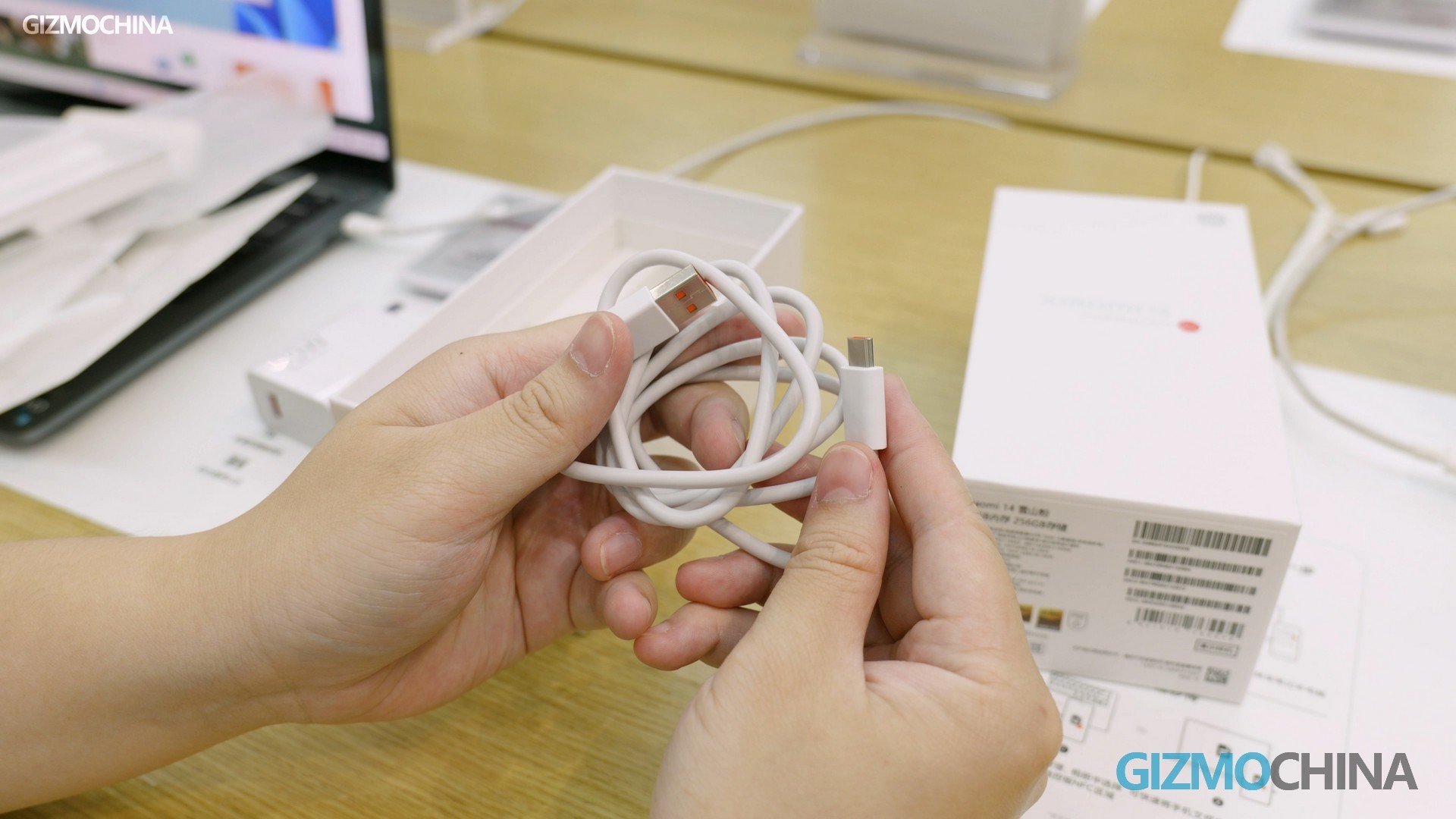
The Xiaomi 14 Pro has the same accessories except the charger has become a 120W one. I won’t go into the details further.
Design
When I saw the poster for the Xiaomi 14, I thought it wouldn’t look good. But when I saw it in person, it wasn’t as ugly as I thought it would be. Aside from the fact that it looks incongruous because the camera module is bigger, Xiaomi has surrounded the camera with a ring of Clous de Paris texture. They say this design is often used on luxury watches, so it looks premium. But I don’t think it’s premium, I think it looks more like my grandma’s nail file, and it really does sharpen your nails.
Compared to the Xiaomi 13, it’s clear that the design of the Xiaomi 14 is a step back. It’s comforting to know that even though the camera is bigger, the size and weight is about the same as the previous gen. As long as you don’t look at the camera module, the overall feel is very much like the Xiaomi 13.
There’s also an unobtrusive upgrade point, all the sensors on the top frame have been moved to the camera module, so the top frame is now very clean. There’s an exclusive pink vegan leather version for the standard model, which is a pretty color to look at. I’m a vegan leather hater though, so I definitely wouldn’t buy it. The black version with frosted glass is also very cool, and the non-fingerprinting feature should be a hit for a lot of people.
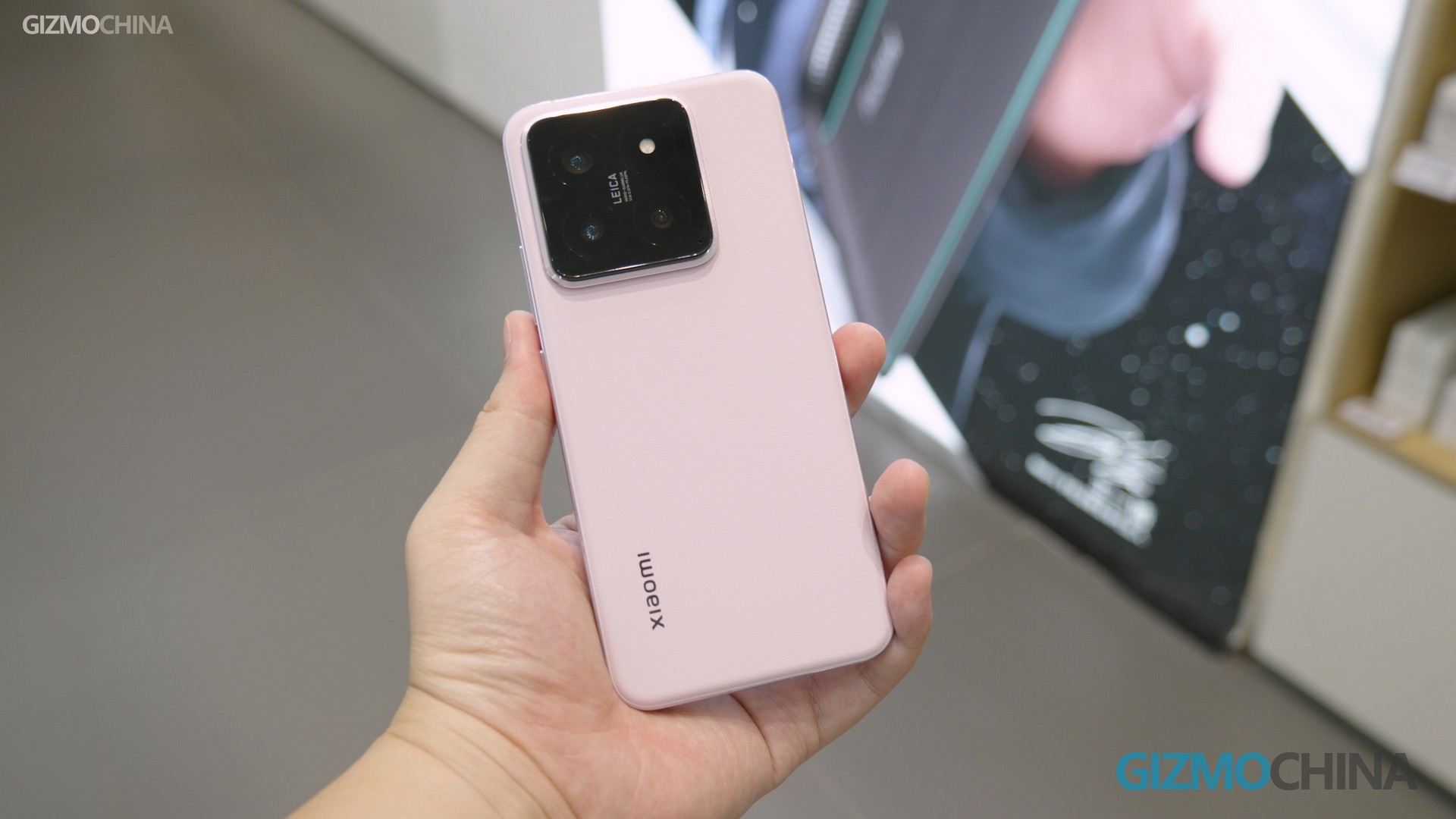
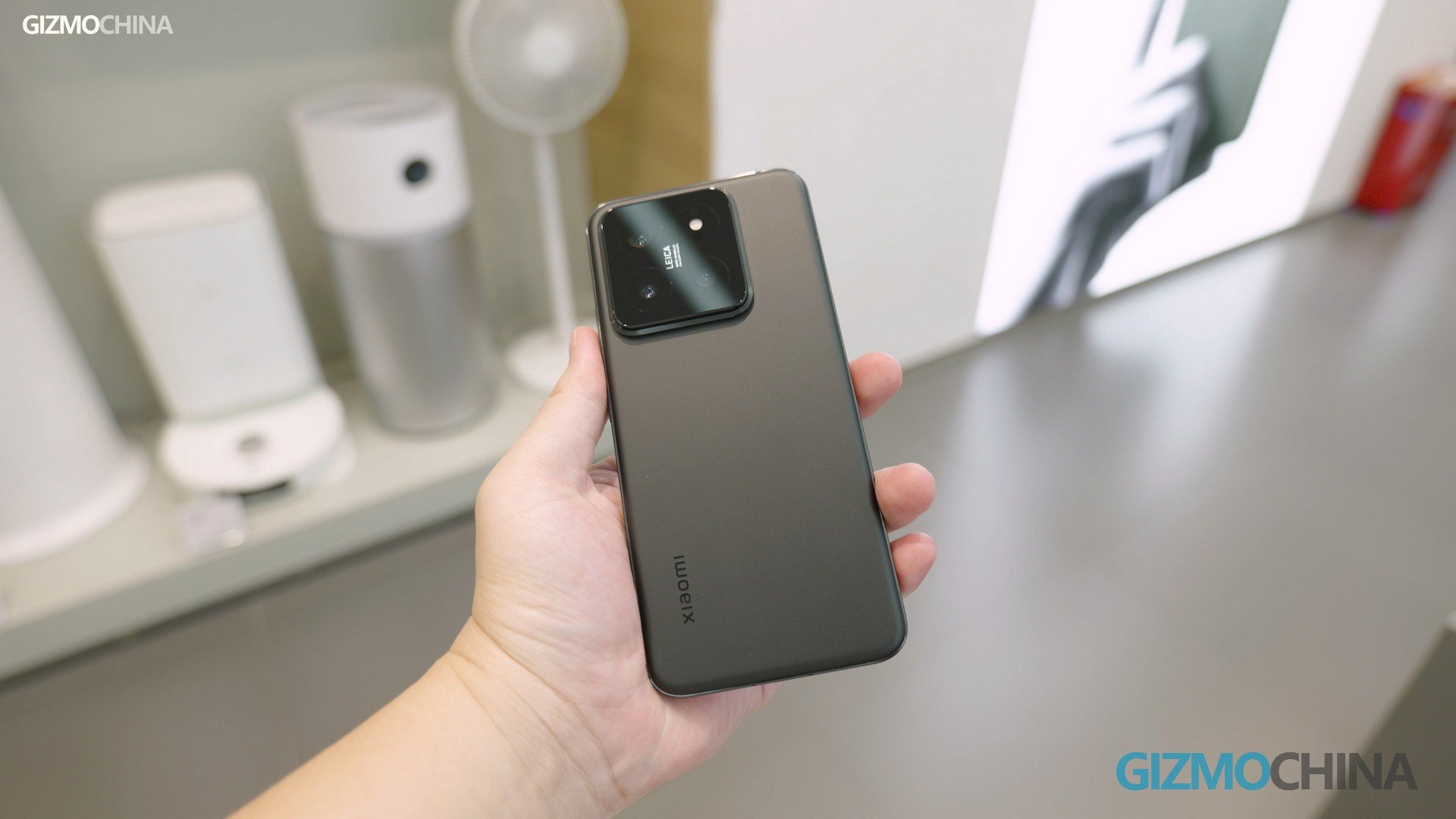
The back of the Pro is pretty much the bigger version of the standard, nothing special about it. The surprise is all on the front. The display isn’t like the curved display before. It’s curved all around, but it barely affects the display area. It looks a bit like the HUAWEI Mate 60 Pro, but the flat bezels make it look tougher.
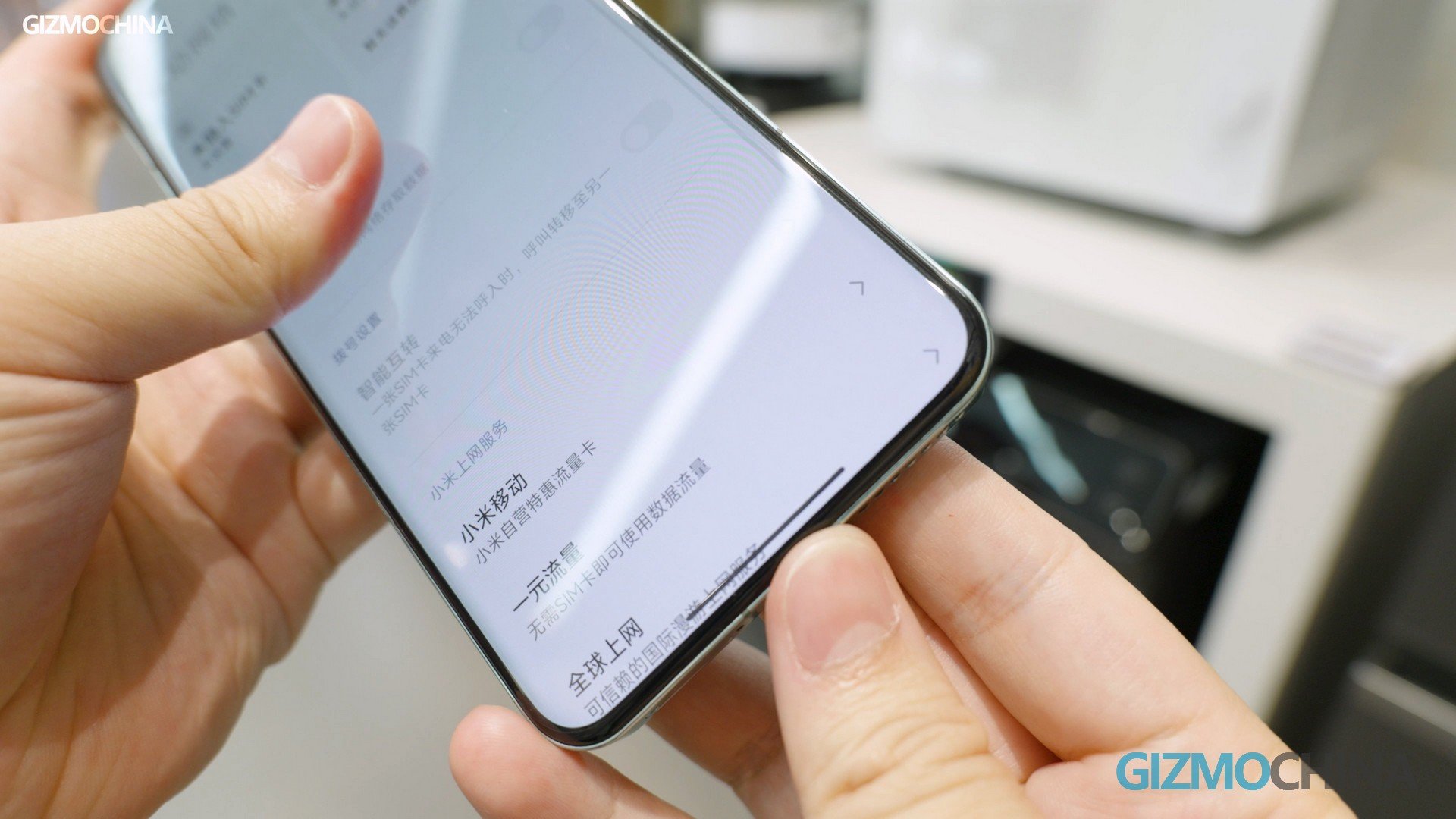
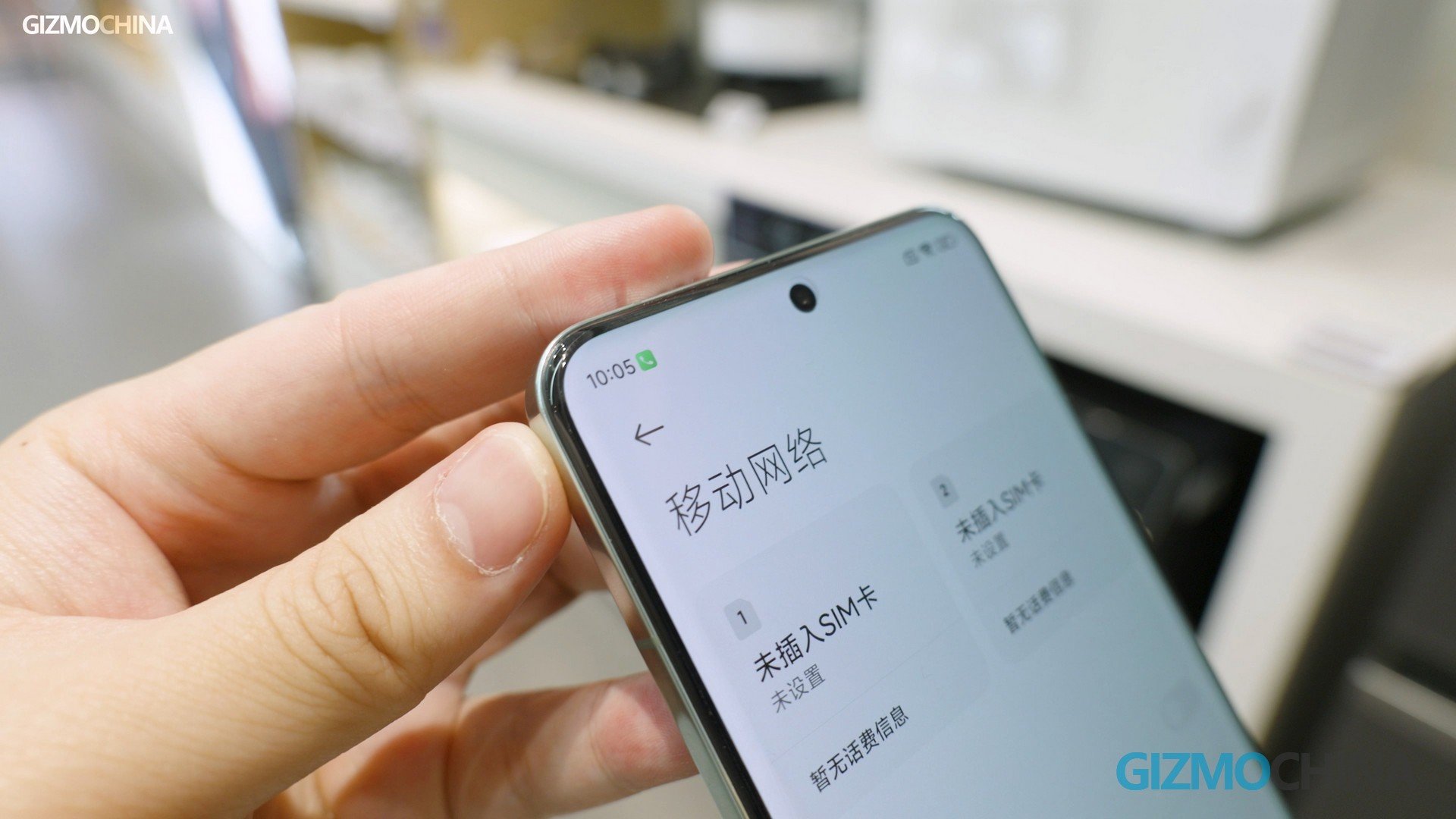
LeiJun has a very accurate description for the Xiaomi 14 Pro: it looks like a flat-screen but feels like a curved screen. It looks like a pebble and feels truly flawless to the touch.
Display
This time the the display panels of both the Pro and Standard versions are not from Samsung, they are replaced by TCL’s C8 panel. The resolution of the standard version is slightly higher, the DPI reaches 460, and supports LTPO, and full brightness DC dimming. More eye protection and a clearer screen to make up for the regret in the Xiaomi 13.
The chin is narrower than the 13, though our eyes can’t tell the difference. The Pro version has a bump in brightness compared to its predecessor, and the protective glass has switched to its own Dragon Crystal Glass. Anyway, both phones are top-of-the-line when it comes to screens, so there’s nothing to worry about.
SOC
Both the Xiaomi 14 Pro and the standard version use the latest Snapdragon 8 Gen 3 processor, with a 30% boost in CPU and 25% in GPU compared to its predecessor. The Antutu bench we tested in the field actually scored just under 2 million, which is a 29% improvement over the Xiaomi 13 we tested.
Though we can’t do a gaming test yet. But a lot of Chinese media have already tested and praised 8 Gen 3 a lot, so I’m very optimistic about this new chip. When the full review is ready, I’ll let you know how powerful it is.
Differences between Standard and Pro
After my comparison of the spec info on the official website, apart from the size, there are only five differences between the Xiaomi 14 Pro and the standard version: the screen, the camera, the USB-C transfer speed, the battery capacity, and the charging speed.
Battery and charging speed are decided by the size of the phone, so it’s to be expected that the standard version is not as good as the Pro version. You can find that they are not really that different, so this time it’s certainly possible to skip the specs and choose your favorite model based only on size.
By the way, in addition to USB 3.0, this time the front camera can also record 4K videos. I’m glad we have one less point to spit on.
HyperOS
I know that this new HyperOS is what you’re most concerned about. The biggest upgrade to HyperOS is the seamless IoT connectivity, but if you just look at the phone itself, there’s not much that’s changed. most of MIUI’s operating logic has been inherited by HyperOS.
The good news, is HyperOS has Google services inside, meaning apps like YouTube and Google Play can run on the Xiaomi 14. For more in-depth content, you will have to wait until we get the phone, stay tuned for our HyperOS deep review video.
Price & Conclusion
Other than the camera module design that is not to my personal taste, it’s a considerable improvement. Compared to the 13 series, the standard Xiaomi 14 has a more powerful camera and faster charging. the Pro version has a better screen and stronger performance. It’s cheaper at launch instead, so what are you waiting for, just buy it.
Oh, if you haven’t ordered yet, you can just wait for our FULL review, alright? We’ll surely make it happen as soon as possible. Don’t forget to subscribe to our YouTube channel. Leave a comment if you have any questions about the Xiaomi 14 series.

